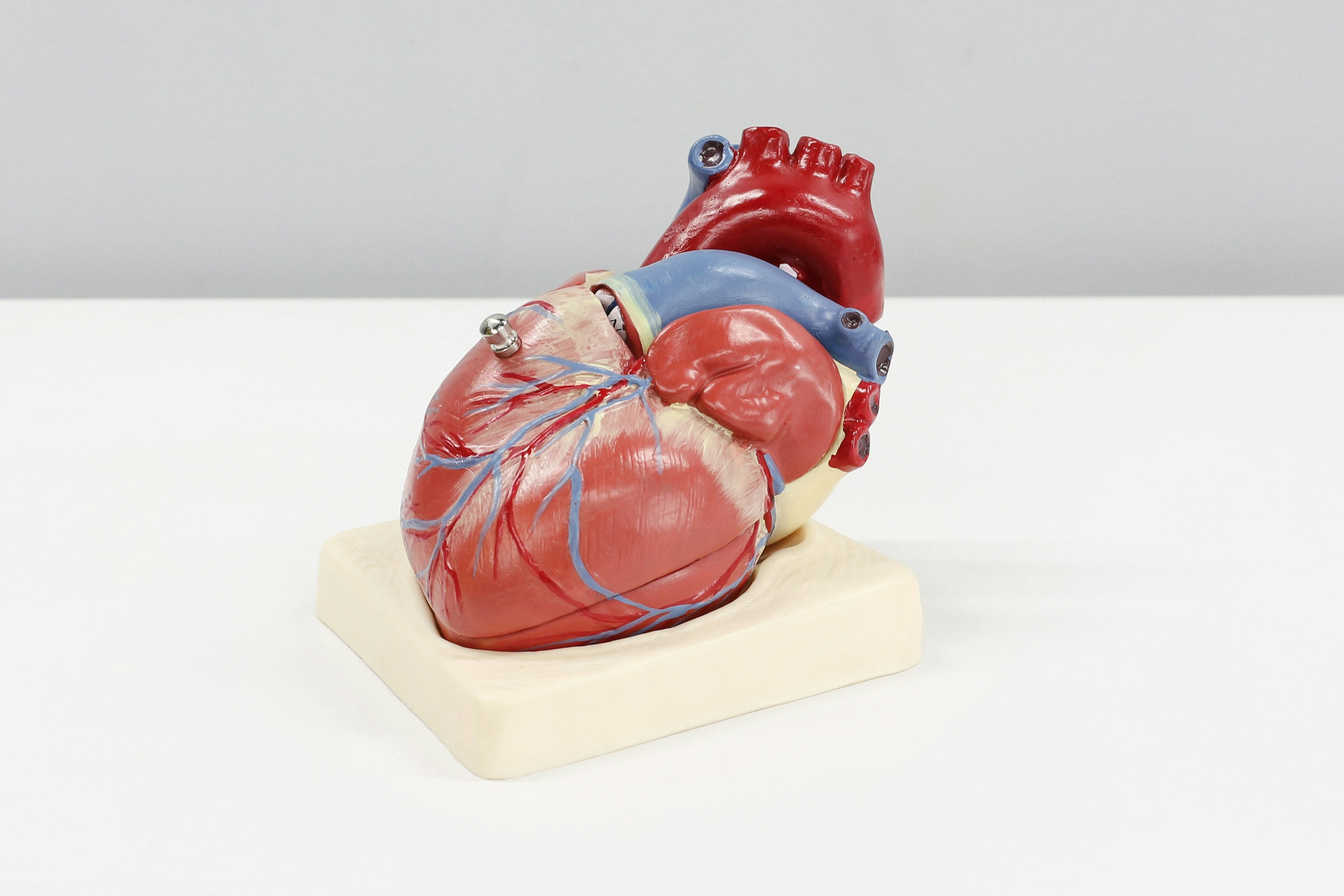News release
From:
Attachments
Note: Not all attachments are visible to the general public. Research URLs will go live after the embargo ends.

Research
JAMA, Web page
Please link to the article in online versions of your report (the URL will go live after the embargo ends).

Editorial / Opinion
JAMA, Web page
Please link to the article in online versions of your report (the URL will go live after the embargo ends).
Journal/
conference: JAMA
conference: JAMA
Research:Paper
Organisation/s:
Monash University, Edith Cowan University, The University of Sydney, University Heart and Vascular Center Hamburg, Germany
Funder:
This study was supported by the
European Union project euCanSHare (Horizon
2020, No. 847770). The KORA study was initiated
and financed by the Helmholtz Zentrum München–
German Research Center for Environmental Health,
which is funded by the German Federal Ministry of
Education and Research and by the State of
Bavaria. Data collection in the KORA study is done
in cooperation with the University Hospital of
Augsburg. The Malmö Diet and Cancer and Malmö
Preventive project were supported by Lund
University infrastructure grant (STYR 2019/2046).
The MORGAM Project has received funding from
European Union projects MORGAM (Biomed,
BMH4-CT98-3183), GenomEUtwin (FP5,
QLG2-CT-2002-01254), ENGAGE (FP7,
HEALTH-F4-2007-201413), CHANCES (FP7,
HEALTH-F3-2010-242244), BiomarCaRE (FP7,
HEALTH-F2-2011-278913), euCanSHare (Horizon
2020, No. 825903), AFFECT-EU (Horizon 2020,
No. 847770), and Medical Research Council,
London (G0601463, No. 80983; Biomarkers in the
MORGAM populations). This funding has supported
central coordination, workshops, and part of the
activities of the MORGAM data center, the
MORGAM laboratories, and the MORGAM
participating centers. The MONICA project is
funded by Umeå University, the county councils in
Norr and Västerbotten, and the King Gustaf V and
Queen Victoria’s Foundation of Freemasons.
Dr Neumann is supported by the Heisenberg
programme of the Deutsche
Forschungsgemeinschaft (German Research
Foundation). Dr Benjamin received funding from
grants HHSN268201500001I, 75N92019D00031,
R01 HL092577, R01 HL64753, R01 HL076784, and
R01 AG028321 from the National Institutes of
Health. Dr Lewis was funded by a National Heart
Foundation of Australia Future Leader Fellowship
(ID: 107323). Dr Niiranen was supported by the
Finnish Foundation for Cardiovascular Research,
the Research Council of Finland (grants 321351 and
354447) and the Sigrid Jusélius Foundation. The
Trøndelag Health Study (HUNT Study) is a
collaboration between the HUNT Research Centre
(Faculty of Medicine and Health Sciences,
Norwegian University of Science and Technology),
the Trøndelag County Council, the Central Norway
Regional Health Authority, and the Norwegian
Institute of Public Health.We acknowledge
generous support from the KG Jebsen Center for
Cardiac Biomarkers (grant SKGJ-MED-024 awarded
to Drs Lyngbakken and Omland). Dr Zeller is funded
by the German Centre for Cardiovascular Research
(grants 81Z0710101 and 81Z0710102).



 Australia; NSW; VIC; WA
Australia; NSW; VIC; WA


